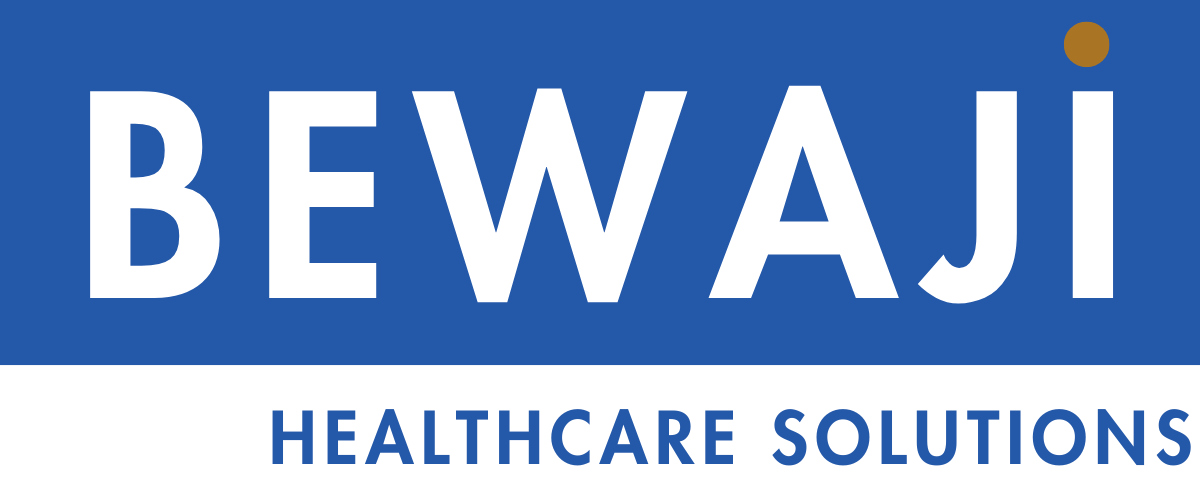In the digital age, where data is as valuable as currency, compliance with data protection regulations is not just a legal obligation but a cornerstone of business ethics and trust. The Jamaica Data Protection Act (JDPA) serves as a paradigmatic framework, guiding organizations in navigating the complexities of data stewardship. This article presents a strategic roadmap, delineating 12 critical steps to ensure compliance with the JDPA. Drawing from a rich tapestry of research and best practices, we aim to provide organizations with a comprehensive, data-driven approach. Each step is crafted to help businesses not only meet legal requirements but also to reinforce their commitment to protecting personal data, thus building a foundation of trust with stakeholders and customers alike.
Step 1: Audit Your Systems
Begin with a comprehensive audit of your current data processing and protection measures. Key areas to focus on include:
- Accountability and Governance: Evaluate your existing data protection policies, staff training programs, and reporting structures. Appoint a Data Protection Officer (DPO). The Data Protection Act must be an independent officer not employed by your organization or otherwise conflicted. The DPO’s role is to advise, monitor compliance, and act as a point of contact between the organization and regulatory authorities, not to implement data processing activities.
- Processing Principles: Review how personal data is collected, used, and stored. Make sure the data is processed lawfully and is kept up to date.
- Privacy by Design and Default: Check if privacy considerations are integrated into your data processing activities and systems from the outset. Evaluate access controls to personal data.
- Data Protection Impact Assessment (DPIA): Assess the necessity of conducting DPIAs, especially when new technologies are being used that might pose a high risk to data subjects.
- Records of Processing: Ensure you have detailed records of what personal data you’re processing and why.
- Data Subject Rights: Examine your procedures for handling data subject requests, such as the right to access or erase their data.
- Consent and Notices: Evaluate the methods and clarity of obtaining consent from data subjects.
- Breach Management: Review your incident response plans for data breaches and the mechanisms for reporting them.
- Third-Party Processors: Audit any third-party data processors to ensure they comply with JDPA.
- Data Transfers: Assess the methods and legality of any international data transfers.
Step 2: Analyse Legal Obligations and Risk Profile
Review the JDPA and other relevant legislation to understand your organization’s legal obligations. Assess your risk profile concerning data protection.
Step 3: Do a Risk Profile and Gap Analysis
Perform a detailed risk assessment and gap analysis based on the audit and legal review. This will help you identify specific areas that require attention.
Step 4: Develop a Compliance Management Plan
Create a comprehensive plan outlining the steps needed to achieve and maintain compliance with JDPA. This should include remediation plans for any deficiencies found during the audits.
Step 5: Records of Processing Activities
Maintain a record of all data processing activities, ensuring they align with JDPA requirements. These records should be available to the Information Commissioner upon request.
Step 6: Data Protection Impact Assessment (DPIA)
Perform an annual DPIA to assess how personal data is processed and to identify and mitigate risks to data subjects.
Step 7: Write Policies
Develop and document data protection policies, focusing on data retention, data subject rights, and breach management. Ensure these policies are compliant with JDPA.
Step 8: Write Standard Operating Procedures (SOPs)
Create SOPs that detail the procedures for various data processing activities, ensuring they align with your data protection policies.
Step 9: Review and Rewrite Employment Contracts
Revise employment contracts to include clauses that ensure employees understand and commit to JDPA compliance.
Step 10: Employee Training
Train all employees on JDPA requirements and your organization’s data protection policies and procedures. Keep records of this training.
Step 11: Appoint a Data Protection Officer (DPO). The Data Protection Act must be an independent and unconflicted. The DPO’s role is to advise, monitor compliance, and act as a point of contact between the organization and regulatory authorities, not to implement data processing activities.
Step 12: Apply to the Information Commissioner
After completing and documenting all steps, submit your compliance documentation to the Information Commissioner for approval.
To encapsulate, achieving compliance with the Jamaica Data Protection Act is a journey that transcends mere adherence to legal mandates. It’s about embedding a culture of data integrity and security within the fabric of an organization. The 12 steps outlined in this article are not just procedural checkpoints; they represent a holistic approach towards fostering an environment where data protection is ingrained in every business process. As we progress in an era increasingly dominated by data, organizations that prioritize these principles will not only navigate regulatory landscapes with ease but also elevate their stature in the eyes of their customers and the broader public. In essence, JDPA compliance is a strategic investment in the future-proofing of your business in the digital economy.



